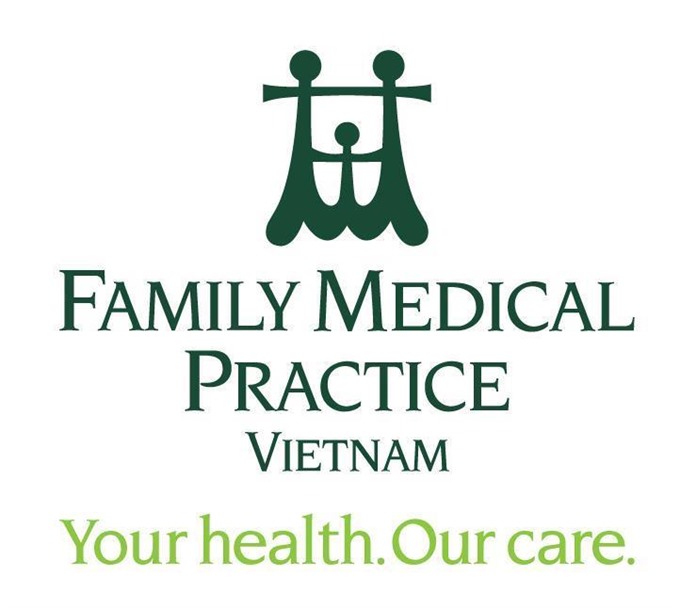 Life & Style
Life & Style

The Human Immunodeficiency Virus (HIV) is spread through contaminated blood, unprotected sex, and from mother to child during pregnancy, delivery, or breastfeeding. Healthy skin and other bodily fluids like saliva and tears do not transmit HIV.
 |
| Dr. Mathieu Nalpas. — Photo courtesy of Family Medical Practice |
By Dr Mathieu Nalpas*
The Human Immunodeficiency Virus (HIV) is spread through contaminated blood, unprotected sex, and from mother to child during pregnancy, delivery, or breastfeeding. Healthy skin and other bodily fluids like saliva and tears do not transmit HIV.
Six to 10 years after contamination and without treatment, HIV infection leads to AIDS and death by general failure of the immune system. Since antiretroviral therapy treatment became widely available in the late 90s, HIV has become a chronic infection. People on treatment do not die from AIDS anymore and are able to live with the virus for the rest of their lives. However, there is still no vaccine against the virus available today.
Since 1981, the HIV epidemic killed 36 million people around the world. In 2016, the total number of infected people stood at 36 million people, while 1.2 million died and 1.8 million were newly infected.
Despite these terrible numbers, there is hope for the near future. The end of HIV epidemic is possible to happen within the next few decades.
In 2011, Scientists from Switzerland showed that persons living with HIV who were taking effective antiretroviral therapy were not contagious for their sexual partner.
The so-called “treatment as prevention” concept became fundamental in the fight against HIV.
Therefore, a new consensus emerged – the more people living with HIV will take treatment, the less contagious they will become and the less new contaminations will occur. A maximum of people who are living with HIV and who ignore there status must be tested. If they know they are HIV positive they are more unlikely to continue risky behaviors such as unprotected sex and unsafe intravenous drug injection, and they can access treatment
There is strong evidence to show that if enough persons living with HIV know their status by being tested and if enough people get treated, the HIV epidemic could be stopped.
It is based on this new hope that international HIV expert institutions have developed a new model of its goals called the 90-90-90 programme.
The 90-90-90 programme aims to ensure that 90 per cent of people living with HIV are aware of their infection, 90 per cent of people who know about their infection are given treatment, and 90 per cent of individuals receiving treatment do not have detectable virus in their blood.
If these goals are reached, the proportion of HIV-positive individuals who cannot infect others would increase immensely and the current epidemic would then be stopped, in the same way that the measles epidemic in young children was stopped through vaccination. A number of cases would still persist, but the scourge of AIDS would come to an end.
Access to generalised HIV testing and treatment are fundamental in reaching that goal.
In Việt Nam, where 260,000 persons live with HIV, the virus has become a public health threat. In addition to that figure, there were 11,000 new infections and 7,800 AIDS-related death in the country in 2016. According to the Ministry of Health, AIDS is one of the top 10 causes of death in Việt Nam.
The majority of Vietnamese living with HIV are residents of large cities and mountainous areas. Drug use through injections is the main mode of transmission in Vietnam and the epidemic remains concentrated in some key population groups, including female sex workers, men who have sex with men, and people who inject drugs.
These population groups face strong stigma and discrimination from their families and society in general, making access to screening and treatment a tough challenge for them.
According to social research, recurrent barriers to HIV testing and treatment access in these populations include the dual stigmatisation of homosexuality, prostitution, and drug use with HIV/AIDS, as well as failure to protect patient confidentiality, difficulty for health providers to discuss certain issues such as sexual identity, lack of clear referral pathways and peer support, and low access to services in remote areas. In this context, HIV testing and disclosure of HIV status is often not an option for these persons.
In 2014, Việt Nam was the first country in Asia to adopt and commit to the 90-90-90 target. The Vietnamese government has set a target where 90 per cent of people living with HIV must know their status, 90 per cent of people who know their HIV-positive status must be on treatment and 90 per cent of people on treatment must have undetectable virus in their blood.
If this goal can finally be reached in the near future, it will mean the end of the HIV/AIDS epidemic in Việt Nam. — Family Medical Practice
 |
* Dr. Mathieu Nalpas has been working at Family Medical Practice Ha Noi since 2016. He is a general practitioner who graduated from the Lille University medical school in France. Before coming to Việt Nam, Dr Nalpas practiced medicine as a family doctor in France and managed several isolated health clinics in the Amazon rainforest in French Guyana and in New Caledonia. Dr. Nalpas has also worked with Médecins Sans Frontière (MSF) in West Kenya as a Tuberculosis/HIV manager and in refugee camps for migrants in northern France.
For more advice on any medical topics, visit Family Medical Practice Hanoi at: 298 I Kim Mã, Ba Đình. Tel: (024) 3843 0748. E: hanoi@vietnammedicalpractice.com.
FMP’s downtown Hồ Chí Minh location is: Diamond Plaza, 34 Lê Duẩn, District 1; 95 Thảo Điền Street, District 2. Tel: (028) 38227848. E: hcmc@vietnammedicalpractice.com
FMP Đà Nẵng is located at 96-98 Nguyễn Văn Linh Street, Hải Châu District, Đà Nẵng. Tel: (0236) 3582 699. E: danang@vietnammedicalpractice.com




